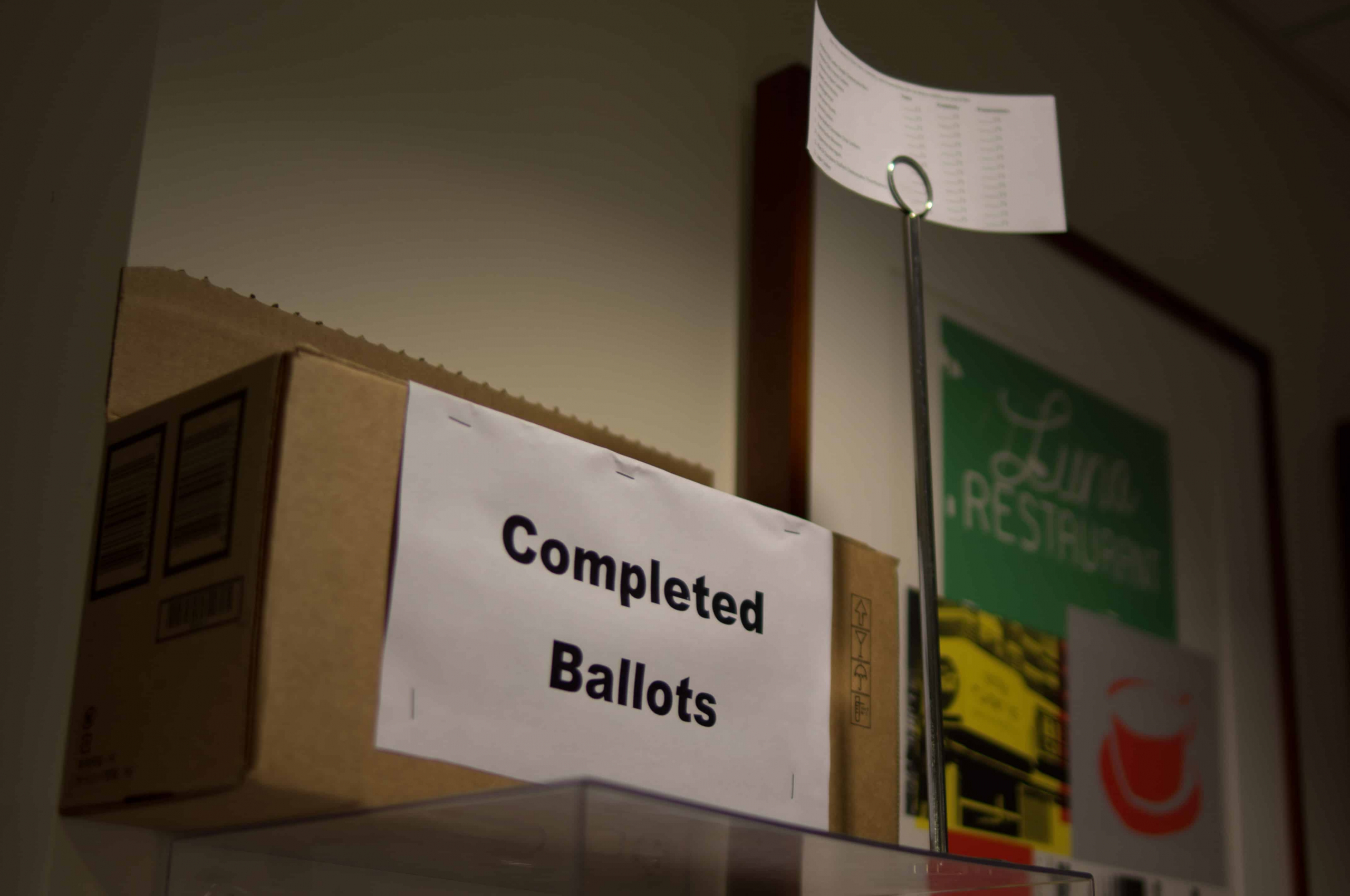Many Canadians have become disheartened by the current ‘first-past-the-post’ (FPTP) electoral system. Consider, for instance, the Liberal government’s election last October: the government advocated for and continues to hold the position of changing the way we vote in Canada.
Put simply, the FPTP system awards the electoral victory to the candidate who obtains the most votes, regardless of the ratio of votes between that candidate and others in the race.
The main grievance against FPTP is its apparent undemocratic nature. In 2011, a majority Conservative government of 166 seats in the House of Commons was formed based upon 39.9 per cent of the popular vote. Simultaneously, the Green Party, with 3.5 per cent of the vote, won only one seat.
However, FPTP boasts a greater form of direct representation than its contenders. Critics of FPTP often overlook its many advantages.
FPTP ensures that the individual regions of Canada have strong and fair representation in Federal jurisdiction through the system’s application on the local level. Unlike proportional systems, which grant this power to political parties, FPTP allows only the individual voters of a riding a say in how to represent their unique interests. No alternative system offers a stronger connection between representative and constituent.
In lieu of their campaign promise, the current Liberal government — elected with under 40 per cent of the vote — has begun to explore the potential of implementing an alternative system. In particular, most of the suggested alternatives have been based on some form of proportional representation (PR), in which the popular vote plays a primary role in determining who earns a seat in the House of Commons. Yet, these alternatives seem lacklustre and carry with them many drawbacks.
In a direct PR system, for example, the division of seats is determined directly by the popular vote. If applied to the last election, the Liberals would have gained 39 per cent of seats. The choice in that case would have been to either maintain a minority government or to form a coalition. This would bring parties with different voter bases together and form a joint government, which rarely occurs within Canadian politics.
In all systems of proportional representation, including those in Germany, Italy, and Israel, coalitions have become commonplace. Though they can be relatively stable systems of government, they can also be undemocratic in nature. This is because PR allows party brokerage, not the wish of the voters, to determine the nature of ruling coalitions. For instance, coalitions may be formed by several small parties, all of which have an insufficient amount of support on their own, but can nevertheless seize power when banding together.
For example, the Free Democratic Party in Germany played a significant part within 42 of the 50 governing coalitions between 1948 and 1998, while gaining no more than 12 per cent of the vote in those cases.
This is not to mention that a coalition between any of the three major political parties in Canada — the Liberals, the Conservatives, and the New Democratic Party — seems impractical considering their differences. Consequently, the adoption of the PR system in Canadian context may mean an increase in minority governments, which can be inefficient and unstable.
Another alternative is mixed member proportionality (MMP), which combines PR and FPTP. In this system, voters cast two votes; one for their candidate for Member of Parliament and another for a party. Half of Parliament would be seated by the MPs voted in, and the other half would be determined by the popular vote for the parties.
Yet, like the PR system, it is difficult to form majority governments using this method. Further, half of those sitting in Parliament are not elected by the voters, but by the parties themselves, who may choose to fill positions on the basis of patronage.
Simply put, there is no clear-cut and perfect alternative to FPTP. This is not to say that these alternatives do not bring benefits; PR, for example, facilities a superior system of direct representation.
In truth, FPTP does not entirely reflect the national interest, but that is because the system is designed to bring all regional needs and interests to the table. Therefore, national results are determined riding-by-riding, and Parliament thereby becomes an assembly of representatives who apply their region’s interests towards the broader Canadian interest.
Though it is far from perfect, FPTP has merit. Instead of considering an alternative system, it may be best to try to improve the one we already have. The potential victories of FPTP can certainly be achieved: by enacting measures to empower MPs, for example, we can facilitate the ideal of a strong voice for every Canadian community. For now, the system we’re working under is the best we’ve got.
Sam Routley is a second-year student at St. Michael’s College studying Political Science, History, and Philosophy.


